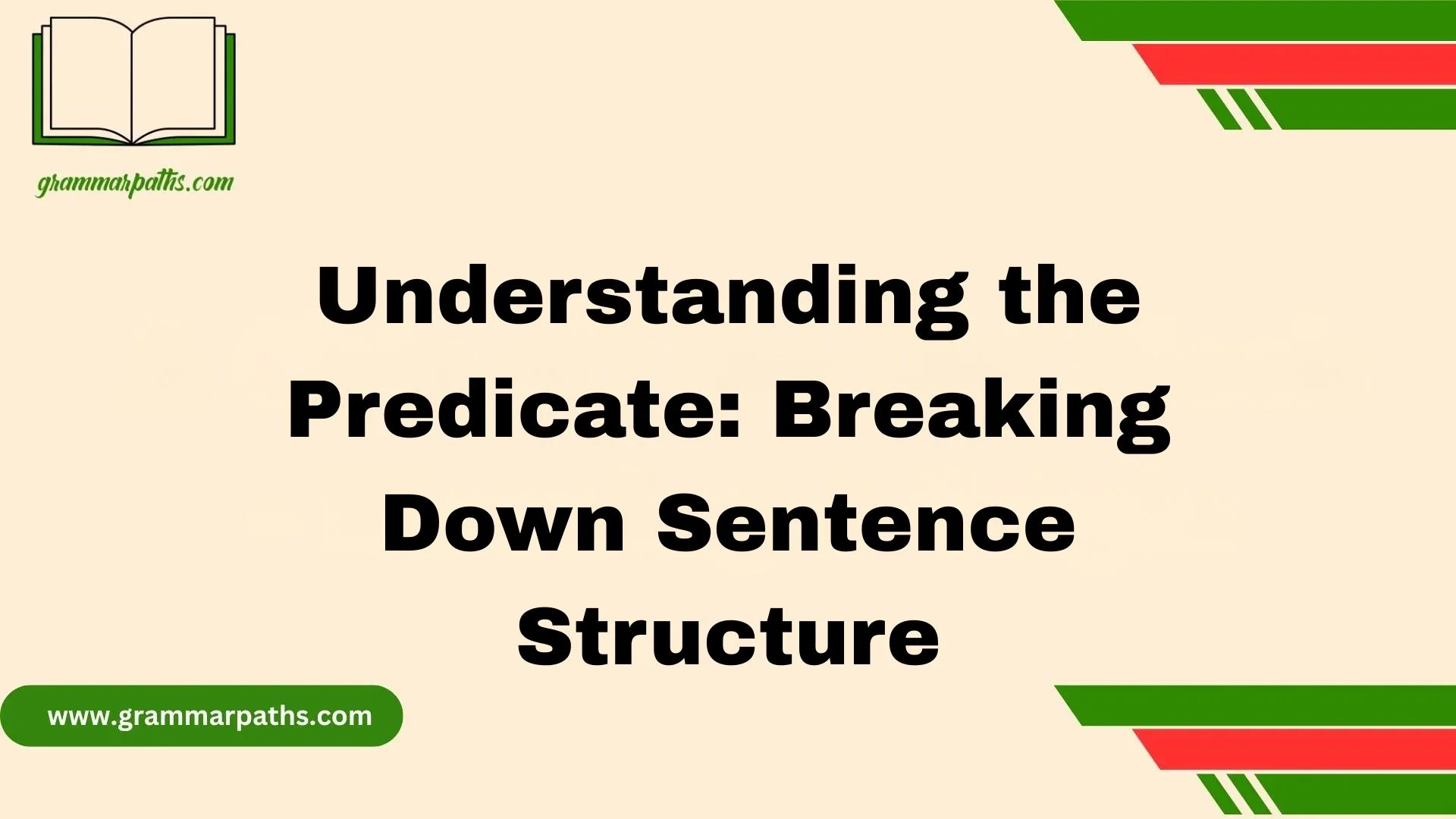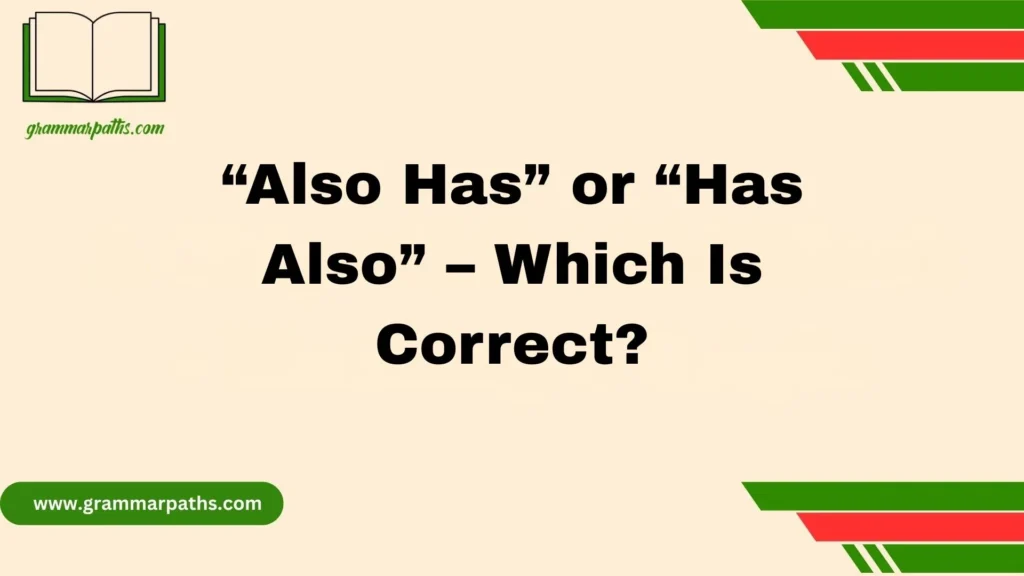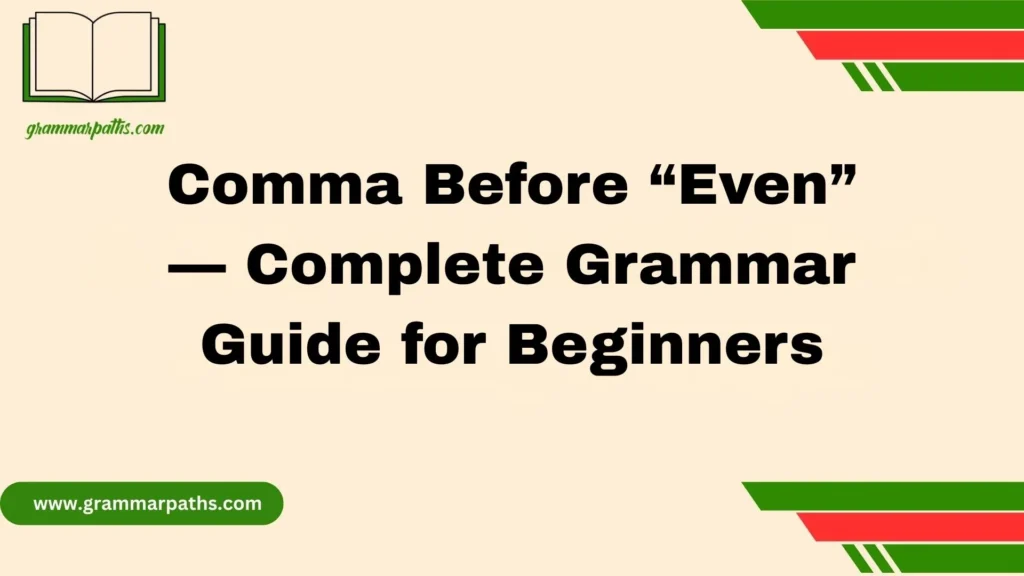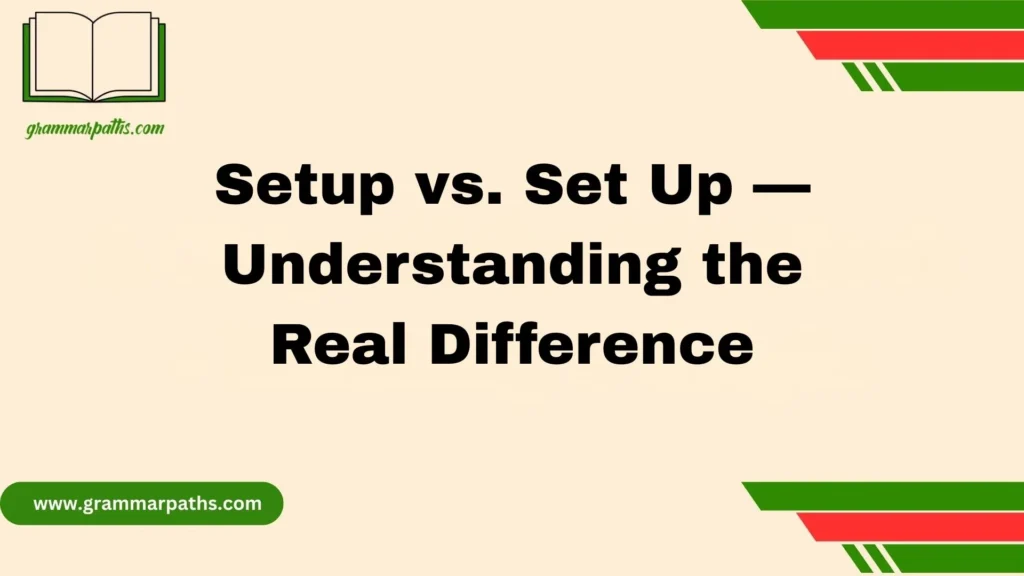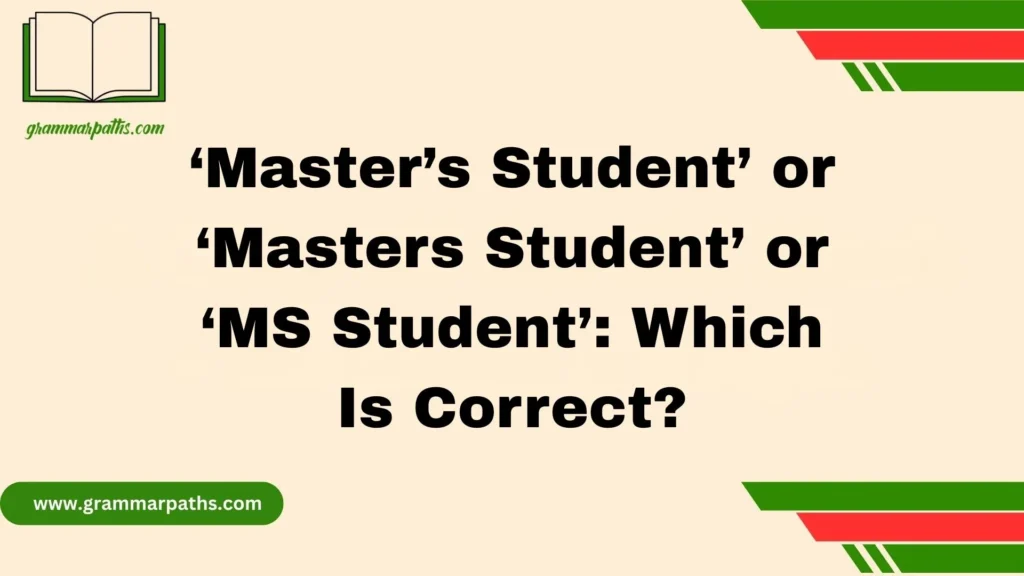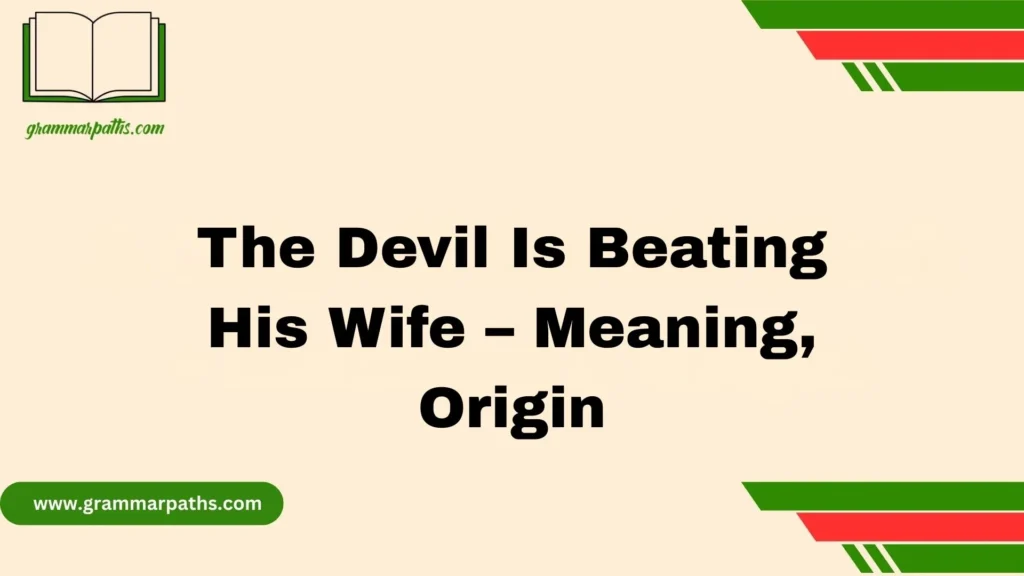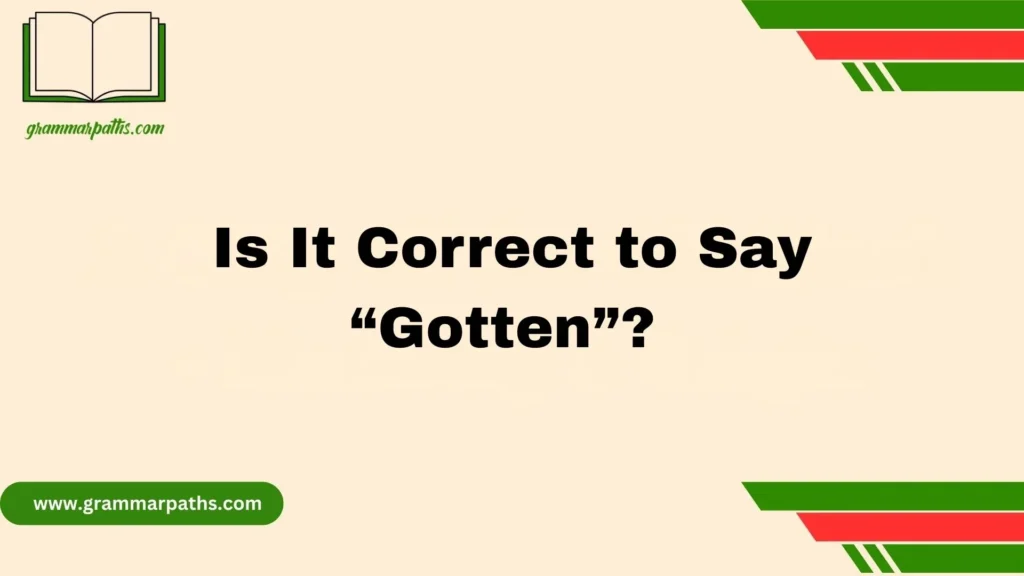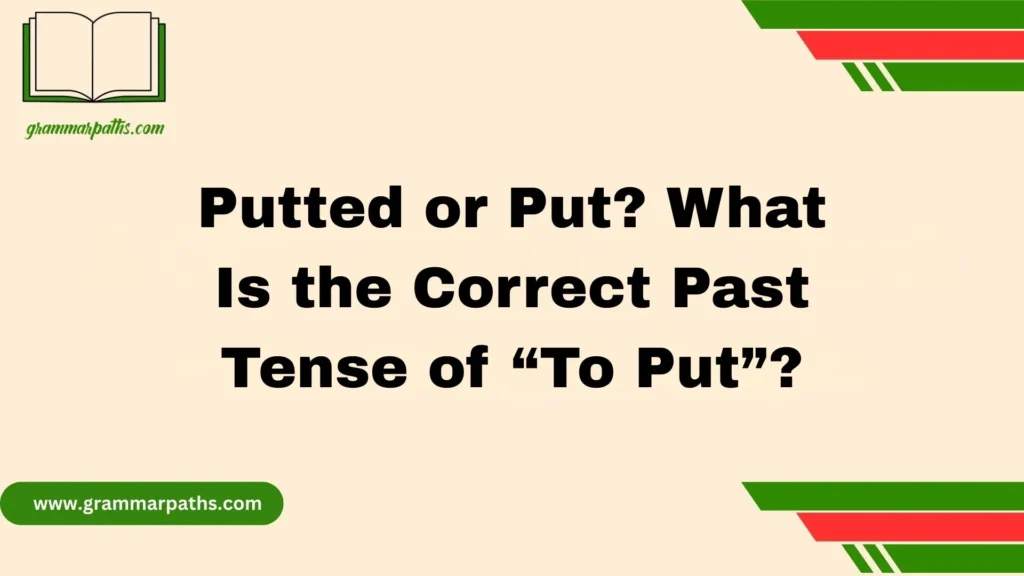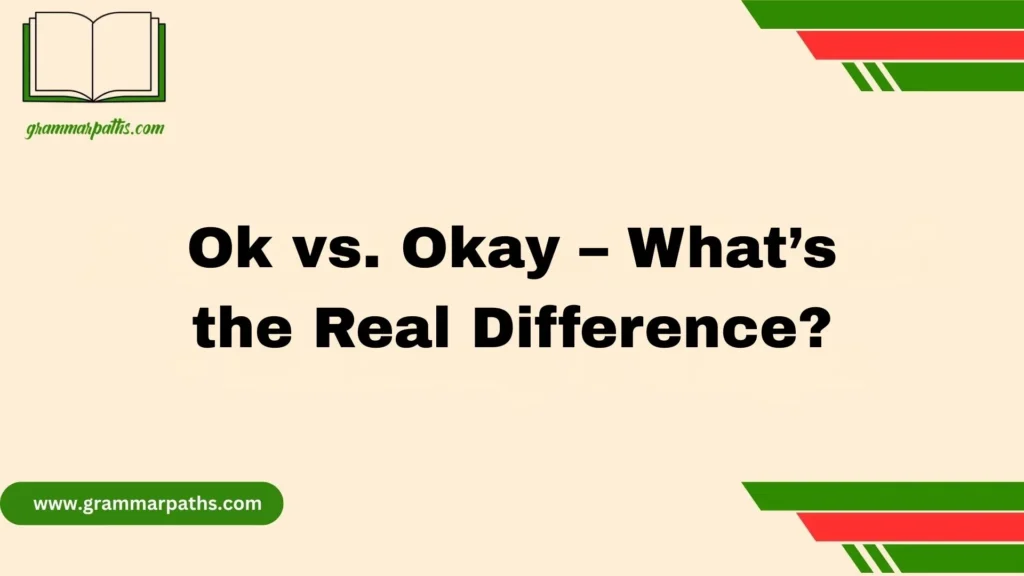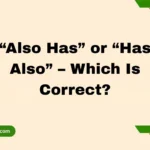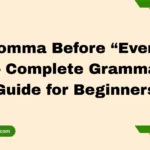In English grammar, understanding the predicate is essential for mastering sentence structure and communication. A predicate is the part of a sentence that tells us what the subject does or what state of being it is in. In simple terms, the predicate provides information about the action, event, or condition related to the subject. For example, in the sentence “The cat sleeps,” the predicate is “sleeps,” which explains what the cat is doing.
Learning about the types of predicates—simple predicate, complete predicate, and compound predicate—helps improve writing clarity and comprehension. A simple predicate includes only the main verb, while a complete predicate contains the verb and all its modifiers. On the other hand, a compound predicate shows multiple actions performed by the same subject.
By analyzing the predicate, learners can identify how meaning and emphasis are created in sentences. This understanding enhances grammar accuracy, sentence construction, and language fluency. Whether you’re writing essays, speaking formally, or interpreting text, recognizing the predicate structure allows for clearer expression and deeper comprehension. Mastering this concept is a key step toward building strong, grammatically correct, and effective communication skills in English.
The Core of Every Sentence: Subject vs. Predicate
Before diving deep into predicates, let’s revisit the foundation of sentence structure. Every complete sentence has two parts:
- Subject — Who or what the sentence is about.
- Predicate — What the subject does, feels, or is.
For example:
- Subject: The cat
- Predicate: chased the mouse.
Here, the subject is the cat, and the predicate chased the mouse describes what the cat did.
Both parts are necessary. Without the subject, you wouldn’t know who’s doing the action. Without the predicate, you wouldn’t know what’s happening.
| Sentence Part | Function | Example | Explanation |
| Subject | Tells who or what the sentence is about | The teacher | The one performing the action |
| Predicate | Tells what the subject does or is | explains grammar clearly. | Shows the action or state of being |
A subject and predicate must work together to form a complete thought. If either part is missing, the sentence becomes incomplete, like “The cat on the mat…” (we’re still waiting for what the cat did).
What Exactly Is a Predicate? (Definition + Function)
A predicate is the part of a sentence that tells what the subject does or what condition the subject is in. It always includes a verb, because the verb is the heart of every predicate.
In short:
Predicate = verb + all words that modify or complete its meaning.
Predicates express three main ideas:
- Action — something the subject does (She writes novels.)
- Being — a state of existence (He is tired.)
- Possession or experience — ownership or feelings (They have two cars.)
The predicate gives life to the sentence, transforming it from a mere subject into a complete idea.
The Simple Predicate: The Heart of the Sentence
A simple predicate is the main verb or verb phrase that tells what the subject does. It doesn’t include any modifiers, objects, or complements — just the core action or state of being.
For example:
- The birds sing.
- She is reading.
- The car stopped abruptly.
In each sentence, the simple predicate is just the verb or verb phrase: sing, is reading, stopped.
How to Identify the Simple Predicate
- Find the main verb in the sentence.
- Ignore modifiers or objects — focus on what action is actually happening.
- Ask, “What is the subject doing?” or “What state is it in?”
| Sentence | Subject | Simple Predicate | Explanation |
| The dog barked loudly. | The dog | barked | “Barked” is the main verb. |
| They are playing soccer. | They | are playing | “Are playing” is the verb phrase. |
| The storm will pass soon. | The storm | will pass | “Will pass” shows the action. |
Common Mistake
Many learners confuse simple and complete predicates. Remember: the simple predicate is only the verb or verb phrase, not the rest of the sentence.
The Complete Predicate: Going Beyond the Verb
A complete predicate includes the simple predicate (verb) plus all the words that modify or complete its meaning — such as objects, adverbs, and prepositional phrases.
For example:
- The teacher explained the lesson clearly.
- Simple predicate: explained
- Complete predicate: explained the lesson clearly.
The complete predicate tells the full story of what the subject did.
| Example Sentence | Simple Predicate | Complete Predicate |
| The child laughed. | laughed | laughed |
| The child laughed loudly at the joke. | laughed | laughed loudly at the joke |
| The musician played a soft melody. | played | played a soft melody |
Pro Tip
If you can ask “What did the subject do?” and the words answer that question fully, you’ve found the complete predicate.
Compound Predicates: When One Subject Does More Than One Thing
Sometimes one subject performs multiple actions in the same sentence. That’s called a compound predicate.
For example:
- Emma baked cookies and decorated the table.
- The dog barked and chased the mailman.
- They laughed, danced, and sang all night.
A compound predicate uses coordinating conjunctions (and, but, or, nor, so, yet, for) to connect two or more verbs or verb phrases that share the same subject.
| Example | Subject | Compound Predicate |
| John washed the car and mowed the lawn. | John | washed the car and mowed the lawn |
| The baby smiled and clapped her hands. | The baby | smiled and clapped her hands |
Writing Tip
Compound predicates help you write smoother, less repetitive sentences. Instead of:
The teacher explained the rule. The teacher gave examples.
You can write:
The teacher explained the rule and gave examples.
Common Errors
- Don’t use commas before and or but when connecting two verbs with the same subject.
The cat jumped, and ran away.
The cat jumped and ran away.
Linking Verbs and Predicate Complements
Not all predicates express physical action. Some describe a state of being using linking verbs. These verbs connect the subject to more information about itself — often a predicate adjective or predicate nominative.
Common Linking Verbs
| Linking Verb | Function | Example |
| am / is / are | describe being | She is happy. |
| was / were | describe past state | He was tired. |
| seem | show appearance | They seem confident. |
| become | show change | She became a doctor. |
| appear | show perception | He appears nervous. |
Predicate Adjective
A predicate adjective describes the subject and follows a linking verb.
Example: The soup smells delicious.
Here, delicious describes soup through the linking verb smells.
Predicate Nominative
A predicate nominative renames or identifies the subject.
Example: My brother is a pilot.
Here, pilot refers back to brother.
These predicates don’t show action but connection. They help sentences express identity, state, or quality.
Predicates in Complex and Compound Sentences
As sentences become more advanced, predicates can appear in multiple clauses.
A compound sentence joins two independent clauses, each with its own predicate:
She smiled, and he waved.
A complex sentence has one main clause and one or more dependent clauses:
She smiled when he waved.
| Sentence Type | Structure | Example | Predicate(s) |
| Simple | One independent clause | The dog barked. | barked |
| Compound | Two independent clauses | The dog barked, and the cat hid. | barked / hid |
| Complex | One main + one dependent clause | The dog barked when it saw a stranger. | barked / saw |
Diagram Example
(Imagine the diagram visually for clarity)
Subject → Predicate → Object
The student → wrote → an essay about grammar.
Understanding how predicates function in these sentences helps you see the flow of ideas and how each clause contributes to meaning.
Common Errors and How to Avoid Them
Even advanced English learners make mistakes when identifying or writing predicates. Here are frequent issues:
1. Confusing Predicate with Object
Example:
The teacher taught the lesson — the lesson is the predicate.
The predicate is taught the lesson (it includes the verb and object).
2. Using Multiple Predicates Without Proper Conjunctions
Example:
She cooked cleaned and danced.
She cooked, cleaned, and danced.
3. Forgetting the Verb
Every predicate must have a verb. Without it, it’s a fragment:
The man with a hat on the bench.
The man with a hat sat on the bench.
4. Overusing Compound Predicates
Too many actions in one sentence can overwhelm the reader. Instead of:
She packed her bag, locked the door, called her friend, and ran to the station.
Try splitting it into shorter, clearer sentences.
Why Understanding Predicates Makes You a Better Writer
A strong command of predicates sharpens your writing. It helps you:
- Create clear, complete sentences.
- Vary rhythm and tone.
- Avoid fragments and run-ons.
- Write dynamically, engaging readers through well-balanced structures.
Example: Weak vs. Strong Writing
| Weak Sentence | Strong Sentence |
| The report was written by the manager. | The manager wrote the report. |
| The team was excited and worked hard. | The team worked hard because they were excited. |
Active, well-structured predicates make writing sound confident and professional.
Mini Exercise
Rewrite the following with stronger predicates:
- The cake was made by Sarah.
- The movie was interesting to me.
- The meeting was finished by noon.
Improved:
- Sarah baked the cake.
- I found the movie fascinating.
- The meeting ended by noon.
Summary Table: Predicate Types at a Glance
| Predicate Type | Definition | Example | Key Tip |
| Simple Predicate | Main verb or verb phrase | She runs. | Focus on the verb. |
| Complete Predicate | Verb + all modifiers or complements | She runs every morning. | Includes everything after the subject. |
| Compound Predicate | One subject with multiple verbs | She runs and swims. | Connect verbs with conjunctions. |
| Linking Verb Predicate | Connects subject to description | She is happy. | Expresses state, not action. |
Conclusion
Understanding the predicate is a vital part of mastering English grammar. It helps you see how the subject and action connect to form a complete idea. By learning the types of predicates—simple, complete, and compound—you gain better control over how sentences convey meaning. Recognizing the predicate structure improves your ability to write clearly, speak confidently, and interpret language effectively. Whether you are a student, writer, or language learner, strengthening your grasp of predicates enhances your overall grammar and communication skills. In short, the predicate is not just a grammatical element—it’s the heartbeat of every sentence.
FAQs
Q1. What is a predicate in English grammar?
A predicate is the part of a sentence that tells what the subject does or describes the subject’s state of being.
Q2. What are the main types of predicates?
There are three main types: simple predicate, complete predicate, and compound predicate.
Q3. How can I identify the predicate in a sentence?
Find the verb and the words that describe what the subject is doing or experiencing.
Q4. Why is understanding the predicate important?
It improves sentence construction, writing clarity, and overall grammar skills.
Q5. Can a sentence have more than one predicate?
Yes, in a compound predicate, a single subject performs multiple actions or states.

Mia Rose is the passionate writer and founder of GrammarPaths.com, a resource dedicated to helping learners master English grammar, idioms, and writing skills with ease. With a deep love for language and years of experience in teaching and content creation, Mia simplifies complex grammar rules into clear, practical guides that readers can instantly apply.
